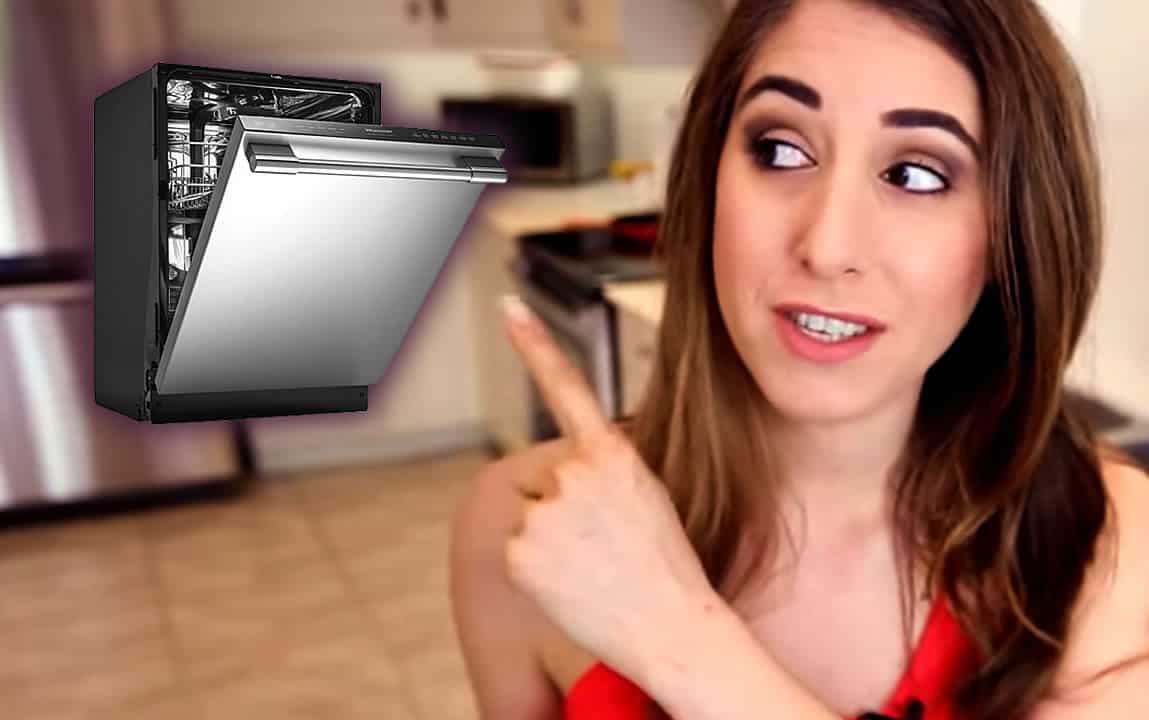Were you in search of resources on How to Troubleshoot & Repair a Dishwasher?

Having your dish washer breakdown or malfunction can be a big deal and trigger some pain in the house. Dishwashing machines are makers that we make use of to tidy dishes as well as flatwares instantly to save us the stress and anxiety of manually doing it.
Like every other maker that eases human initiative, dishwashers can break down and develop some fault at some point in time. There are numerous faults your dish washer can create, and also while some of them can be resolved by replacing some components or fixing them, other much more extreme issues will certainly call for that you get a new dish washer.
This write-up will certainly determine a few common faults your dishwasher can create to hinder its overall performance and also just how these mistakes can be addressed.
Common Faults
Typical dish washer faults might vary from minor to major ones. Relying on the degree, you will certainly either need the services of professional plumbers to deal with or change it.
A few of one of the most typical faults include:
Leaking Dishwashing machine
This is possibly the most daily dish washer issue, as well as fortunately is that it is easy to recognize. Leakages happen because of a number of factors, and also the leakages can make a mess of your kitchen. Typical reasons for dishwasher leaks consist of;
If your meals and also cutleries appear of the dishwashing machine and still look dirty or dirty, your spray arms might be a problem. In a lot of cases, the spray arms can obtain blocked, and also it will call for a fast clean or a substitute to function successfully once again.
Inability to Drain
Sometimes you might observe a large quantity of water left in your bathtub after a laundry. That is probably a drainage issue. You can either examine the drain hose for problems or clogs. When in doubt, get in touch with a professional to have it inspected and also fixed.
This is another usual dishwasher issue, and it is mostly caused by food debris or oil remaining in the device. In this instance, search for these bits, take them out as well as do the dishes with no meals inside the equipment. Wash the filter completely. That will certainly assist remove the bad odor. Guarantee that you get rid of every food particle from your meals before transferring it to the machine in the future.
Conclusion
Several of these typical dishwashing machine faults can be taken care of conveniently in the house, but sometimes, the faults could be substantial and might call for the focus of experts. If you stay in Rochester, Syracuse, and also other parts of America, let the experts appropriately identify what could be incorrect with your dishwashing machine and proffer an option.
We also set up dish washers if you simply bought a new one or plan to change your very own. With our many years of experience in the market, we make certain to offer you the best possible services.
Dishwasher Won’t Drain? 8 Steps to Fix It
Run the Disposal
A full garbage disposal or an air gap in a connecting hose can prevent water from properly draining out of the dishwasher. Simply running the disposal for about 30 seconds may fix the issue.
Check for Blockages
Check the bottom of the dishwasher to make sure that an item or pieces of food haven't fallen from the rack to block the water flow.
Load the Dishwasher Correctly
Make sure you’re loading the dishwasher correctly. Read the manufacturers’ instructions or owner’s manual for tips and directions on how to load dishes for best results.
Clean or Change the Filter
You may have a clogged dishwasher filter that’s preventing water from draining. Many homeowners don’t realize that dishwasher filters need to be cleaned regularly. Check your owner’s manual to see where the filter is located on your dishwasher, and for instructions on how and when to clean it. For many dishwashers, the filter can be found on the inside bottom of the appliance.
Inspect the Drain Hose
Check the drain hose connecting to the sink and garbage disposal. Straighten any kinks that you may see, which could be causing the problem. Blow through the hose or poke a wire hanger through to check for clogs. Make sure the hose seal is tight, too.
Try Vinegar and Baking Soda
Mix together about one cup each of baking soda and vinegar and pour the mixture into the standing water at the bottom of the dishwasher. Leave for about 20 minutes. If the water is draining or starting to drain at that time, rinse with hot water and then run the dishwasher’s rinse cycle. That may be enough to help loosen any clogs or debris that are preventing the dishwasher from draining properly.
Listen to Your Machine While It's Running
Listen to your dishwasher while it’s running a cycle. If it doesn’t make the usual operating sounds, particularly if it’s making a humming or clicking noise, the drain pump and motor may need replacing. If this occurs, it may be time to call a professional for help.
https://www.ahs.com/home-matters/repair-maintenance/how-to-fix-a-dishwasher-that-is-not-draining/

We had been guided to that report about The Most Common Dishwasher Problems from an associate on our other web address. Make sure you set aside a second to promote this blog if you liked it. Kudos for your time. Visit again soon.
Prioritize your plumbing; call us.